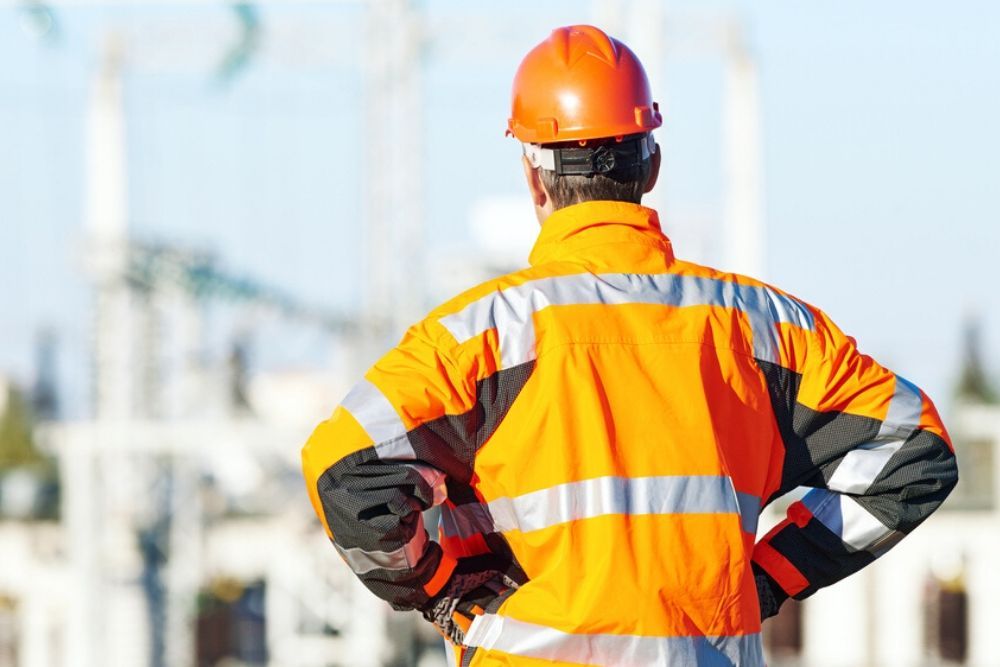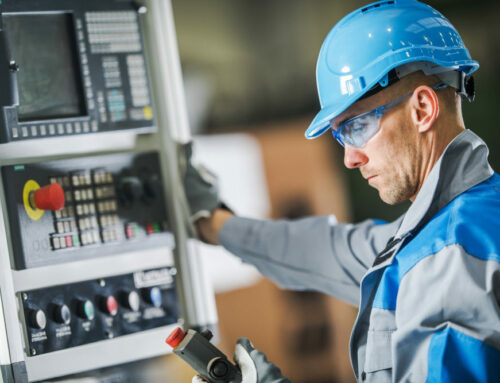If you work near traffic or heavy machinery, then you know you cannot step foot on your job site unless you are properly wearing three major classes of high visibility safety apparel, otherwise known as HVSA for short.
Several different industry workers are required to use HVSA, which include:
- Construction workers
- Truck drivers
- Workers in heavy industry
- Employees responsible for returning shopping carts from parking lots
- Safety wardens in office buildings
- Senior management visiting a factory floor or warehouse
Although workers are required to wear HVSA, not all hi-vis gear is the same for all working conditions or jobs since each position needs different levels of visibility and hi-vis apparel.
Different Lighting Conditions
During daylight conditions, hi-vis relies on fluorescent materials to reflect invisible ultraviolet light from the sun. Compared to other types of apparel, it magnifies its visibility.
During low light conditions, fluorescent colors are not as effective, which is where retroreflective materials come in. Lights that come from artificial lights such as flashlights or car headlights are reflected from retroreflective materials. However, in daylight conditions, it does not help workers stand out.
Since working conditions can easily change, and not every worker remembers to switch their daylight HVSA for low light HVSA, many apparel items combine both types of visibility.
Three Classes of HVSA
There are three classes of high-visibility safety apparel. Still, it is essential to note that these three classes are not specific to certain garment types such as jackets, vests, or overalls. Instead, they specify the amount of background material and the amount and width of the reflective material, which are usually stripes.
Class 1
Class 1 provides workers with the lowest coverage and visibility that is recognized, which can vary depending on the circumstances. This class is meant for lower-risk environments such as:
- Warehouse operation
- Shipping and receiving workers
- Workers who collect shopping carts in a parking lot
- Workers who direct vehicles to parking or service locations
Class 2
Class 2 provides workers with moderate body coverage and superior visibility, which includes fluorescent orange or yellow/green jackets, bib overalls, and vests that incorporate retroreflective bands. Medium risk jobs can either require workers to wear Class 2 or Class 3 clothing; however, it varies on the circumstances and environmental conditions. This class is meant for medium risk job environments such as:
- Survey crews
- School crossing guards
- Roadway construction, utility, forestry or railway workers
- Parking attendants and toll gate workers
- Airport crews
- Emergency response
- Law enforcement
- Accident site investigation workers
Class 3
Class 3 provides workers with the greatest body coverage and visibility when they are under poor lighting conditions and at farther distances. This class is meant for people working with machinery or vehicles that are moving in close range or at a higher speed where workers must be clearly visible, which include:
- Utility workers
- Survey crews
- Flagging crews
- Roadway construction workers
- Emergency response workers
- Road assistance
- Tow company workers
At Extreme Safety, we are passionate about the safety industry and are always finding ways to innovate our store and safety expertise to provide better service and materials. Call Today: 310-856-0166 or shop on our website.


















